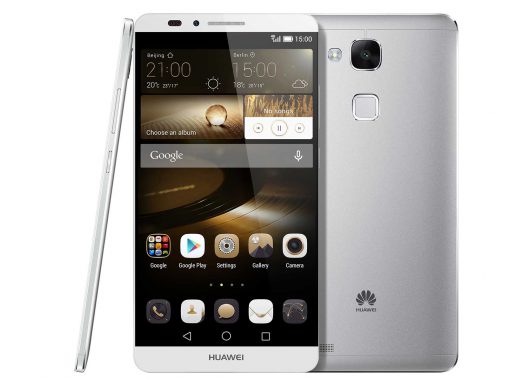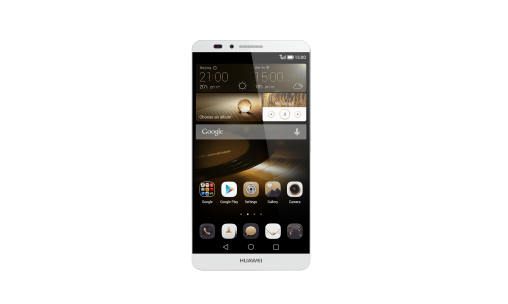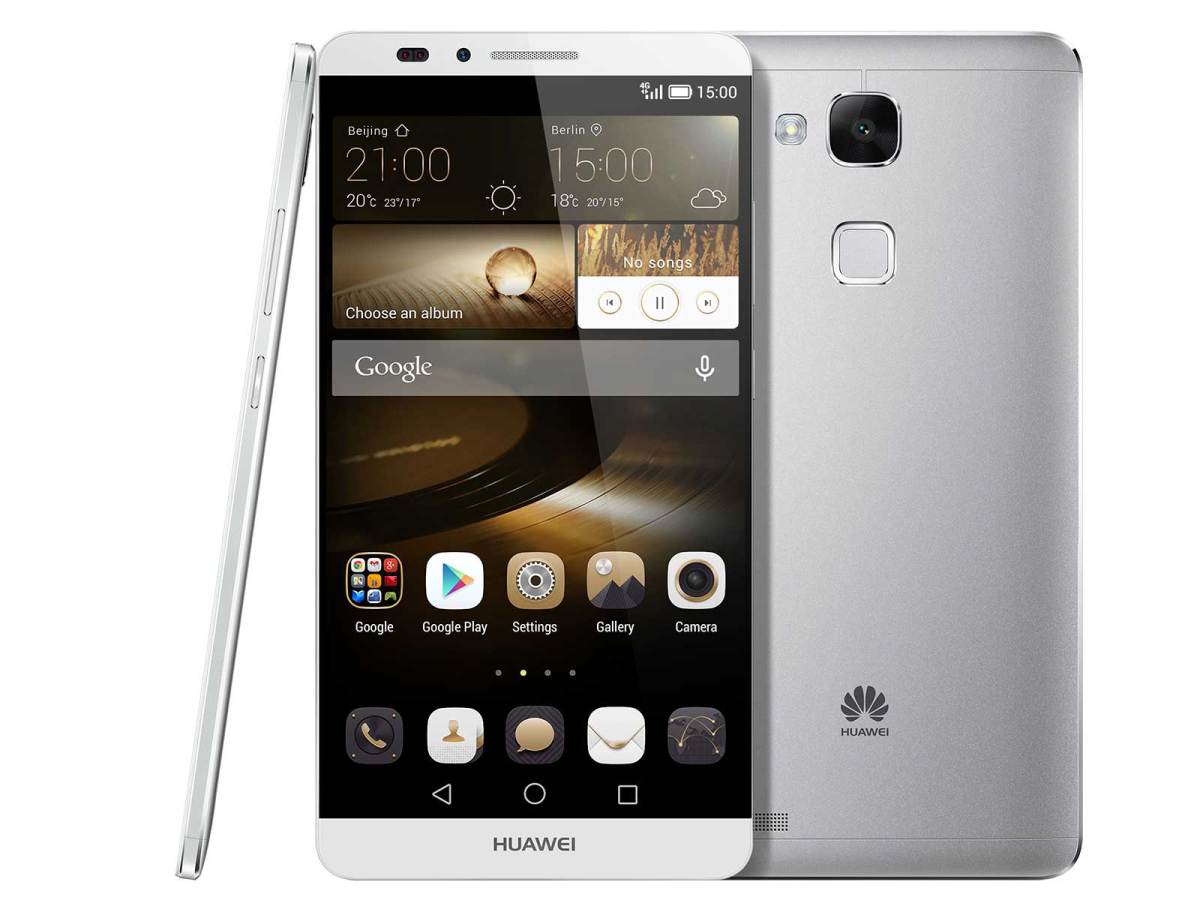
Huawei last night launched its new flagship smartphone the Mate7 at an event in Sydney, with a pitch to assert the Chinese brand’s position in the Australian consumer electronics market.
Huawei’s ambitions to be “one of the top smartphone vendors in the world” are pinned on the new flagship model. That means they are taking on Apple and Samsung.
The Huawei Mate7 in Amber Gold (3GB RAM and 32GB ROM) will be on shelves at Harvey Norman and JB Hi-Fi from Monday 17 November 2014 for RRP $699. The Mate7 in Obsidian Black (2GB RAM and 16GB ROM) will be available from Vodafone via Dick Smith stores, with pricing and exact launch date to be announced shortly.
Jephix Liu, Huawei head of products, compared the specs of the Mate7 with the iPhone 6 Plus (from RRP $999) and Samsung’s Galaxy Note 4 (RRP $949), heavily focusing on size in recognition of the perceived consumer demand for phones with larger screens.
The Mate7’s 6-inch Full HD display is 11 per cent larger than the screen of the Samsung’s Galaxy Note 4, and 18 per cent larger than the iPhone 6 Plus, he said.
The front panel of the Mate7 has an ultra-thin bezel, to maximise the screen to body ratio.

“If we compare Mate7 with other handsets, you’ll see that Mate7 has the highest screen to body ratio at 83 per cent, iPhone 6 Plus at 68 per cent, Galaxy Note 4 at 76 per cent. When you have a higher screen to body ratio it means there is more room on the screen to allow you to view the photos, browse the web pages and do your emails,” Liu said.
Howard Chen, managing director consumer business group at Huawei Australia, shared the company’s global smartphone shipments data for the last four years. In units, global smartphone shipments grew from 3 million in 2010, to 20 million in 2011, 32 million in 2012, 52 million in 2013 and 80 million in 2014.
From an Australian viewpoint, 2014 smartphone shipments to Australia are forecast to grow 47 per cent compared to 2013.
Mate7 features new single-touch fingerprint technology to unlock the phone. Located on the back of the phone, the reader supports up to five sets of different fingerprint records which can be allocated to normal and guest modes, for example a child can unlock their parent’s phone but won’t be able to send emails, texts, or make expensive in-app purchases.
It has a 13 megapixel rear-facing camera to capture with low lighting with Sony’s 4th generation BSI sensor and f/2.0 aperture. The wide angle front camera is able to take ‘panorama selfies.’
“We are proud to offer one of the fastest and most enjoyable big-screen smartphone experiences for Australian consumers. It’s a symbol of our relentless commitment for innovation and making it possible for people everywhere to enjoy our premium quality products,” said Chen.
“Huawei Mate7 leads the big-screen pack with smarter and faster 4G Cat6 performance, impressive battery power efficiency, and outstanding convenience with its superior single-touch fingerprint technology.”
Ben McIntosh sales director at Vodafone said, “It’s become apparent that Australians love big and fast 4G smartphones and the Huawei Mate7 certainly delivers. As we carry our lives around in these smartphones nowadays, Huawei’s new fingerprint technology is right on the button, offering consumers’ greater piece of mind and protection.”
This week Huawei also launched “Australia’s most affordable 4G smartphone”, the Ascend Y550 which will be available through Vodafone at RRP $99.
It has a 5 megapixel main camera and 2 megapixel front-facing camera, a large 4.5-inch screen and a Quad core Processor backed by 1GB of RAM.
“The Huawei Ascend Y550 is challenging the status quo, proving that you can buy an attractive 4G smartphone that offers a great performance at an affordable price,” McIntosh said.

